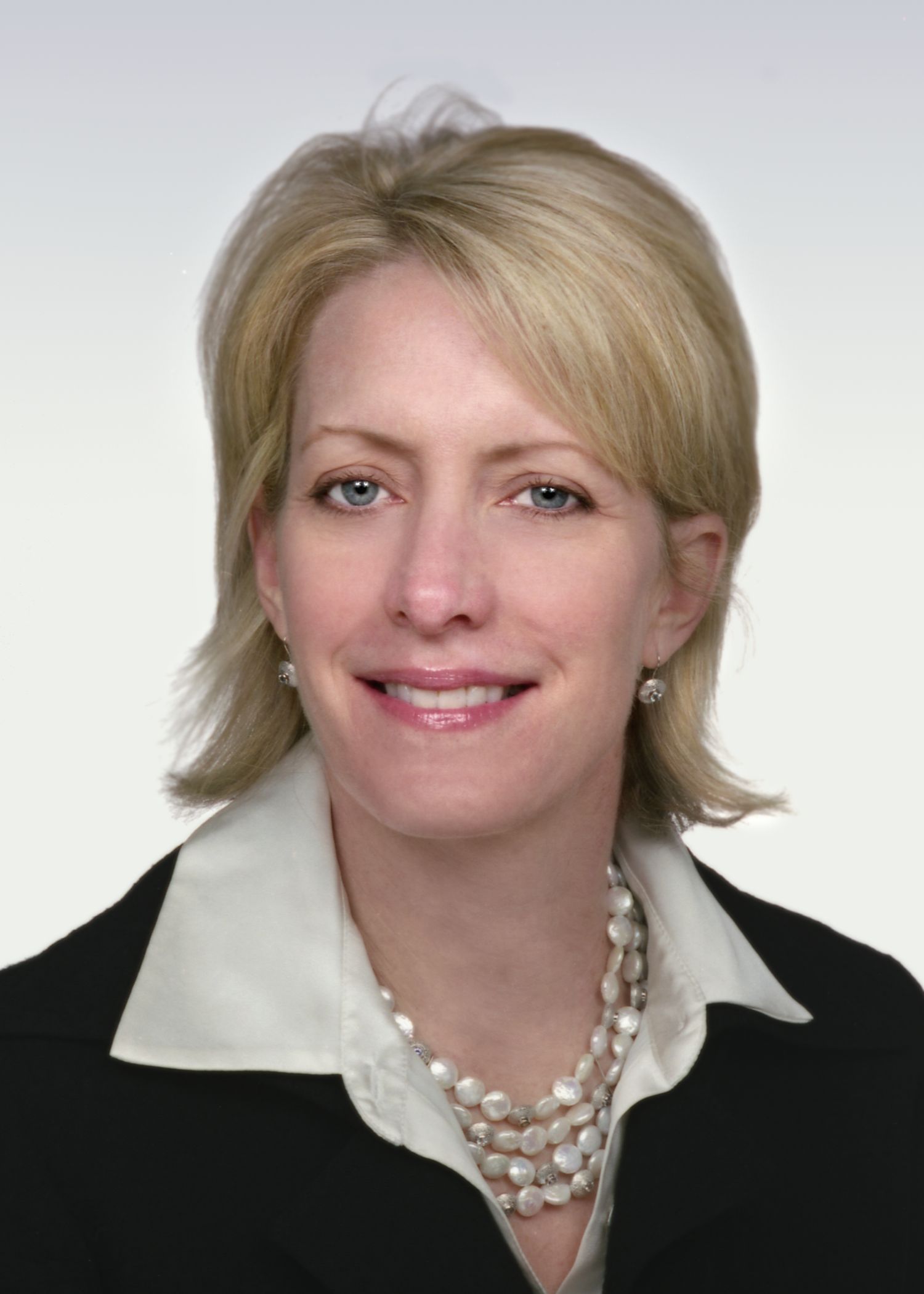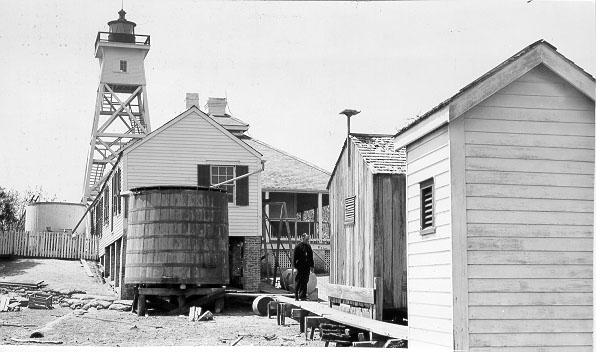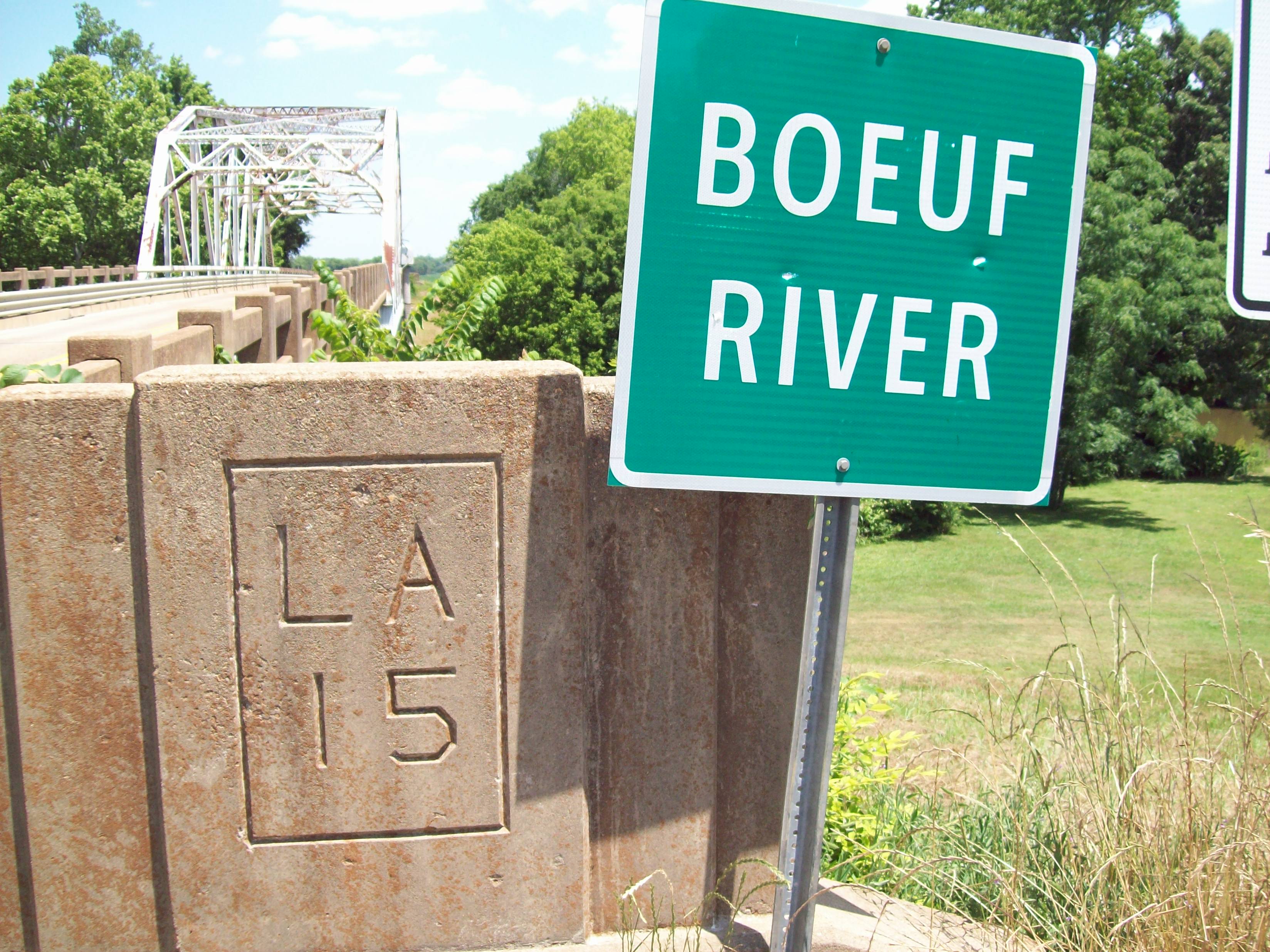|
List Of First Women Lawyers And Judges In Louisiana
This is a list of the first women lawyer(s) and judge(s) in Louisiana. It includes the year in which the women were admitted to practice law (in parentheses). Also included are women who achieved other distinctions such becoming the first in their state to graduate from law school or become a political figure. Firsts in state history Lawyers * Bettie Runnels (1898): First female lawyer in Louisiana * Marian Berkett (1937): First female lawyer hired by a law firm in Louisiana * Mary Gloria Lawson (1956): First African American female lawyer in Louisiana Law clerk * Veronica Odinet Koclanes: First female to serve as the clerk of the court for Louisiana Supreme Court (2021) State judges *Anna Judge Veters Levy (c. 1922): First female judge in Louisiana (1941) *Alwine Louise Smith Ragland (1935): First female elected judge (1974) * Joan Armstrong (1967): First African American female judge in Louisiana (1974) and serve on the Louisiana Court of Appeals (1984) *Catherine ... [...More Info...] [...Related Items...] OR: [Wikipedia] [Google] [Baidu] |
Louisiana
Louisiana , group=pronunciation (French: ''La Louisiane'') is a state in the Deep South and South Central regions of the United States. It is the 20th-smallest by area and the 25th most populous of the 50 U.S. states. Louisiana is bordered by the state of Texas to the west, Arkansas to the north, Mississippi to the east, and the Gulf of Mexico to the south. A large part of its eastern boundary is demarcated by the Mississippi River. Louisiana is the only U.S. state with political subdivisions termed parishes, which are equivalent to counties, making it one of only two U.S. states not subdivided into counties (the other being Alaska and its boroughs). The state's capital is Baton Rouge, and its largest city is New Orleans, with a population of roughly 383,000 people. Some Louisiana urban environments have a multicultural, multilingual heritage, being so strongly influenced by a mixture of 18th century Louisiana French, Dominican Creole, Spanish, French Canadian, Acadi ... [...More Info...] [...Related Items...] OR: [Wikipedia] [Google] [Baidu] |
East Carroll Parish, Louisiana
East Carroll Parish (french: Paroisse de Carroll Est) is a parish located in the Mississippi Delta in northeastern Louisiana. As of 2020, its population was 7,459. The parish seat is Lake Providence. An area of cotton plantations in the antebellum era, the parish in the early 21st century has about 74% of its land devoted to agriculture. History This area is part of the delta along the western edge of the Mississippi River, long subject to the seasonal flooding that gave the area fertile soils. It was occupied by indigenous peoples for thousands of years. European explorers encountered the historic tribes of the Caddo and Choctaw in this area, as well as the Natchez on the east side of the Mississippi River. In the 1830s, the United States forced out most of the people of the Five Civilized Tribes from the Southeast to west of the Mississippi River in Indian Territory to make way for development by European Americans. Areas along the river were cleared and developed for cultiva ... [...More Info...] [...Related Items...] OR: [Wikipedia] [Google] [Baidu] |
Lafayette Parish, Louisiana
Lafayette Parish (french: Paroisse de Lafayette) is a parish located in the U.S. state of Louisiana. According to the 2020 U.S. census, the parish had a population of 241,753, up from 221,578 at the 2010 United States census. The parish seat is the city of Lafayette. The parish was founded in 1823. Since 1992, Lafayette City and Lafayette Parish have operated as a consolidated government. Etymology The city and parish of Lafayette were named in honor of the Marquis de Lafayette, the French general who took part in the Continental Army in the American Revolutionary War and financially aided it. Geography Lafayette Parish is a part of the region of Acadiana in southern Louisiana, along the Gulf Coast. According to the U.S. Census Bureau, the parish has a total area of , of which is land and (0.2%) is water. It is the fifth-smallest parish in Louisiana by land area and third-smallest by total area. Major highways * Interstate 10 * Interstate 49 * U.S. Highway 90 * U.S. H ... [...More Info...] [...Related Items...] OR: [Wikipedia] [Google] [Baidu] |
Lafayette, Louisiana
Lafayette (, ) is a city in the U.S. state of Louisiana, and the most populous city and parish seat of Lafayette Parish, located along the Vermilion River. It is Louisiana's fourth largest incorporated municipality by population and the 234th-most populous in the United States, with a 2020 census population of 121,374; the consolidated city-parish's population was 241,753 in 2020. The Lafayette metropolitan area was Louisiana's third largest metropolitan statistical area with a population of 478,384 at the 2020 census. The Acadiana region containing Lafayette is the largest population and economic corridor between Houston, Texas and New Orleans. Originally established as Vermilionville in the 1820s and incorporated in 1836, Lafayette developed as an agricultural community until the introduction of retail and entertainment centers, and the discovery of oil in the area in the 1940s. Since the discovery of oil, the city and parish have had the highest number of workers in the o ... [...More Info...] [...Related Items...] OR: [Wikipedia] [Google] [Baidu] |
Jefferson Parish, Louisiana
Jefferson Parish (french: Paroisse de Jefferson; es, Parroquia de Jefferson) is a parish in the U.S. state of Louisiana. As of the 2020 census, the population was 440,781. Its parish seat is Gretna, its largest community is Metairie, and its largest incorporated city is Kenner. Jefferson Parish is included in the Greater New Orleans area. History 1825 to 1940 Jefferson Parish was named in honor of U.S. President Thomas Jefferson of Virginia when the parish was established by the Louisiana Legislature on February 11, 1825, a year before Jefferson died. A bronze statue of Jefferson stands at the entrance of the General Government Complex on Derbigny Street in Gretna. The parish seat was in the city of Lafayette, until that area was annexed by New Orleans in 1852. In that year the parish government moved to Carrollton, where it remained for twenty-two years. Originally, this parish was larger than it is today, running from Felicity Street in New Orleans to the St. Charles P ... [...More Info...] [...Related Items...] OR: [Wikipedia] [Google] [Baidu] |
DeSoto Parish, Louisiana
DeSoto Parish ( French: ''Paroisse DeSoto'') is a parish located in the U.S. state of Louisiana. The parish was formed in 1843. At the 2010 U.S. census, the population was 26,656; at the 2020 census, its population increased to 26,812. Its parish seat is Mansfield. DeSoto Parish is part of the Shreveport–Bossier City metropolitan statistical area. History It is a typical misconception that the parish was named after Hernando de Soto, the Spaniard who explored the future southeastern United States and discovered and named the Mississippi River. The parish was in fact named after the unrelated Marcel DeSoto, who led the first group of European settlers there, to a settlement historically known as Bayou Pierre. The parish's name is also commonly misspelled following the explorer's name as "De Soto Parish," but it is properly spelled following the settler's name as "DeSoto Parish." The Battle of Mansfield was fought in DeSoto Parish on April 8, 1864. General Alfred Mouton w ... [...More Info...] [...Related Items...] OR: [Wikipedia] [Google] [Baidu] |
Washington Parish, Louisiana
Washington Parish ( French: ''Paroisse de Washington'') is a parish located in the interior southeast corner of the U.S. state of Louisiana, one of the Florida Parishes. As of the 2010 census, the population was 47,168. Its parish seat is Franklinton. Its largest city is Bogalusa. The parish was founded in 1819. Washington Parish comprises the Bogalusa, LA Micropolitan Statistical Area, which is included in the New Orleans- Metairie- Hammond, LA- MS Combined Statistical Area. History Washington Parish was formed in 1819 by splitting off from St. Tammany Parish. Franklinton was designated as the parish seat on February 10, 1821. Washington Parish is the most northeasterly of what are called the ''Florida Parishes''. Great Britain took over control of this French territory east of the Mississippi River in 1763 after defeating France in the Seven Years' War. But France had also ceded some territory to Spain. This area was under contention, and English and American settlers ... [...More Info...] [...Related Items...] OR: [Wikipedia] [Google] [Baidu] |
West Baton Rouge Parish, Louisiana
West Baton Rouge Parish (french: Paroisse de Bâton Rouge Ouest) is one of the sixty-four parishes in the U.S. state of Louisiana. Established in 1807, its parish seat is Port Allen. With a 2020 census population of 27,199 residents, West Baton Rouge Parish is part of the Baton Rouge metropolitan statistical area. The parish has a highly rated school system, and is one that has privatized school bus services. West Baton Rouge saw a very small percentage of growth after Hurricane Katrina; According to an estimate of July 2018, the parish's population was 26,427. History Prehistory The Medora site, a Plaquemine culture mound site located adjacent to Bayou Bourbeaux on the flood plain of Manchac Point, a hair-pin bend of the Mississippi River in the southeast corner of the parish, was instrumental in defining the Plaquemine culture and period. The site was excavated in the winter of 1939–40 by James A. Ford and George I. Quimby, for the Louisiana State Archaeological Surve ... [...More Info...] [...Related Items...] OR: [Wikipedia] [Google] [Baidu] |
Pointe Coupee Parish, Louisiana
Pointe Coupee Parish ( or ; french: Paroisse de la Pointe-Coupée) is a parish located in the U.S. state of Louisiana. As of the 2010 census, the population was 22,802; in 2020, its population was 20,758. The parish seat is New Roads. Pointe Coupee Parish is part of the Baton Rouge, Louisiana Metropolitan Statistical Area. In 2010, the center of population of Louisiana was located in Pointe Coupee Parish, in the city of New Roads. History Point Coupee is the oldest settlement on the lower Mississippi, having been made by some wandering Canadian trappers as early as 1708. Bienville established this place as a military post, before the commencement of New Orleans. The fort was moved in 1722 to an area near the present St. Francisville Ferry landing. After several floods, Governor Luis de Unzaga in 1772 moved the European settlement to a new post, the so-called Post Unzaga. Recently, historians Cazorla and Polo, from the Louis de Unzaga Historical Society research team, usin ... [...More Info...] [...Related Items...] OR: [Wikipedia] [Google] [Baidu] |
Iberville Parish, Louisiana
Iberville Parish (french: Paroisse d'Iberville) is a parish located south of Baton Rouge in the U.S. state of Louisiana, formed in 1807. The parish seat is Plaquemine. At the 2010 U.S. census, the population was 33,387, and 30,241 at the 2020 census. History The parish is named for Pierre Le Moyne d'Iberville, who founded the French colony of Louisiana. A few archeological efforts have been made in the Parish, mainly to excavate the Native American burial mounds that have been identified there. The first expedition, led by Clarence B. Moore, was an attempt at collecting data from a couple of the sites, and it set the groundwork for later projects. Moore was mainly interested in the skeletal remains of the previous inhabitants, rather than excavating for archeological items. Archeologists are especially interested in these sites because of their uniformity and size. Some of the mounds are seven hundred feet long, a hundred feet wide and six feet tall. Most of them contain huma ... [...More Info...] [...Related Items...] OR: [Wikipedia] [Google] [Baidu] |
West Carroll Parish, Louisiana
West Carroll Parish (french: link=no, Paroisse de Carroll Ouest) is a List of parishes in Louisiana, parish located in the northeastern part of the U.S. state of Louisiana. As of the 2020 United States Census, 2020 census, the population was 9,751. The parish seat is Oak Grove, West Carroll Parish, Louisiana, Oak Grove. The parish was founded in 1877, when Carroll Parish was divided. The area of cotton culture in Louisiana in parishes along this part of the Mississippi River was also referred to as the Natchez District. It included the parishes of East Carroll (after the split in 1877), Concordia, Madison and Tensas. History Before being divided, Carroll Parish was named for Charles Carroll of Carrollton, Maryland, the only Roman Catholic signer of the United States Declaration of Independence, Declaration of Independence and the last surviving signer of the document. It was organized by European Americans after the Louisiana Purchase. West Carroll Parish has a long histo ... [...More Info...] [...Related Items...] OR: [Wikipedia] [Google] [Baidu] |
Richland Parish, Louisiana
Richland Parish is a parish located in the North Louisiana Delta Country in the U.S. state of Louisiana, known for its fertile, flat farmland, cane brakes, and open spaces. The name Richland was chosen due to the rich production from farming. The parish seat and largest community is Rayville. History The parish was officially created on September 29, 1868. Rayville, Louisiana, the parish seat, was named for John Ray, a politician from Monroe with large land holdings in present-day Rayville. Richland Parish is home to the first public parish library in the State of Louisiana, the Rhymes Memorial Library. The library was built in 1925 by the Lambda Kappa Club of Rayville. R.R. Rhymes donated the original building in memory of his wife, Nonnie Roark Rhymes. Geography Bayou Macon flows through the western areas of Richland. Other tributaries in the parish include Crew Lake, and the Lafourche Diversion Canal are located in the western portion of the parish. Boeuf River flows from ... [...More Info...] [...Related Items...] OR: [Wikipedia] [Google] [Baidu] |

.jpg)

